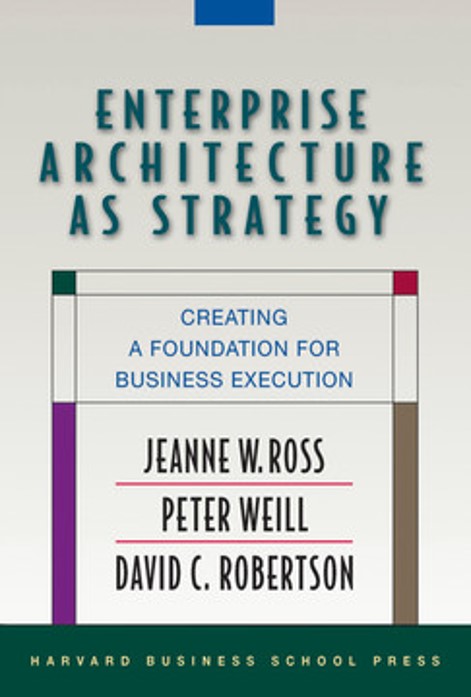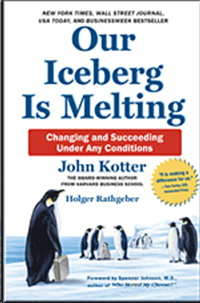
Enterprise Architecture (EA) as Strategy by Ross, Weill and Robertson was written some time ago in 2006 but still has valuable insights to offer.
The book rightfully underlines that EA is not an IT problem but a business problem to solve. Hence EA as strategy since business should be in the driving seat.
Further it explains EA is based on three components:
- An Operating Model
- EA Maturity Model
- An IT Engagement Model
The operating models are evaluated in a two-dimensional quadrant: one axis is the level of process integration (read shared data) and the other axis is the process standardization across the enterprise. This results in four flavors of operation models:
- Diversification: low standardization – low integration
- Coordination: low standardization – high integration
- Replication: how standardization – low integration
- Unification: high standardization – high integration
The EA evolution over time is expressed in four levels of maturity:
- Business Silo Architecture
- Standardized Technology Architecture
- Optimized Core Architecture
- Business Modularity Architecture
In a final chapter a fifth level of maturity is added i.e. Dynamic Venturing which can be seen as an specialization of Business Modularity Architecture
IT Engagement is detailed based on companywide IT Governance liaised with Project Management using a linking mechanism. The overall governance aims to:
- Reduce IT costs
- Increase IT responsiveness
- Reduce risk
- Increase managerial satisfaction
- Realize business outcomes
A summary presentation with some more details on the book can be found here:
